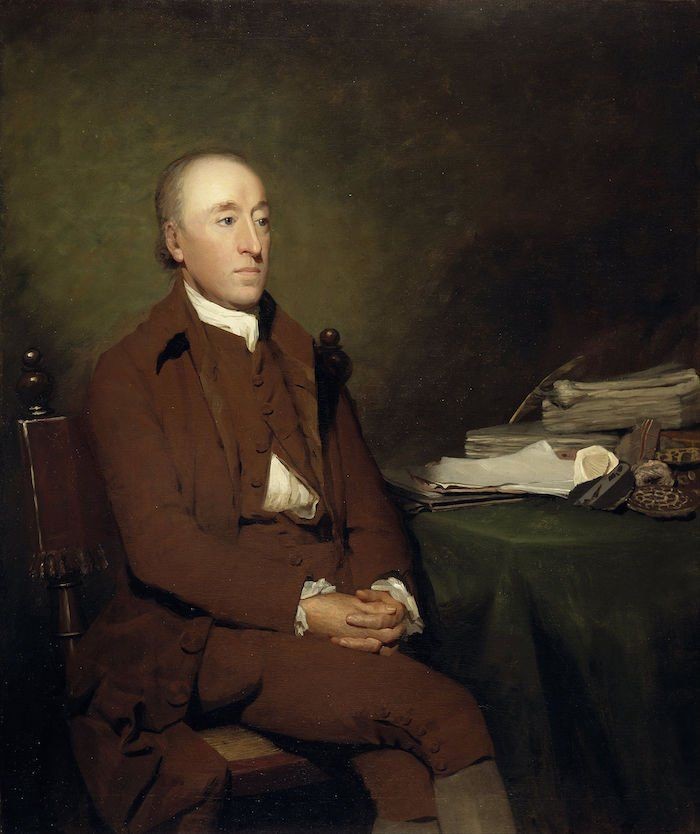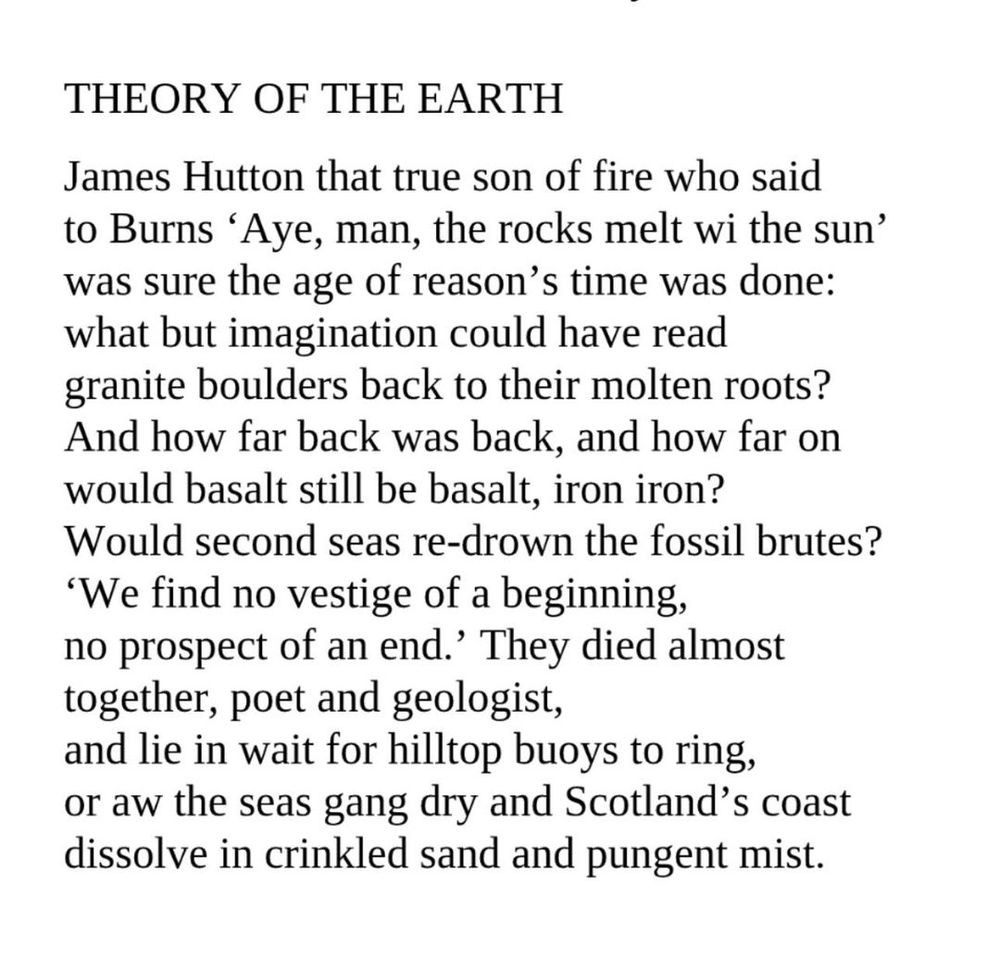James Hutton (1726–1797), father of modern geology, was born #OTD, 14 June (NS; 3 June OS). One of the first European proponents of “deep time”, the conclusion of his 1788 paper “Theory of the Earth” has been called one of the most lyrical sentences in all of science:
The result, therefore, of our present enquiry is, that we find no vestige of a beginning,—no prospect of an end.
1/3
https://www.nationalgalleries.org/art-and-artists/2808
#Scottish #literature #Enlightenment #18thcentury #DeepTime #science #geology


